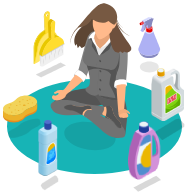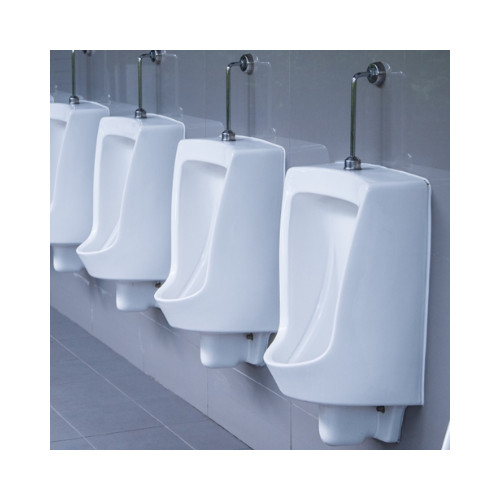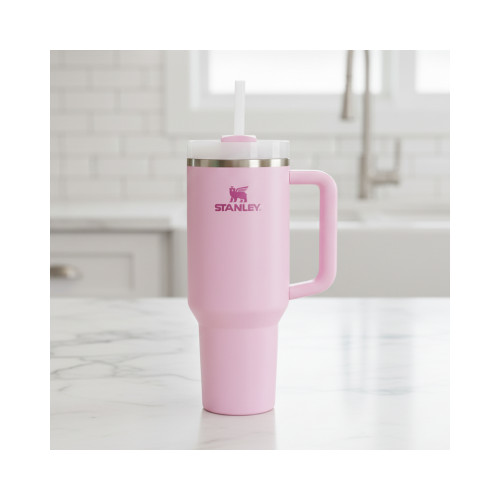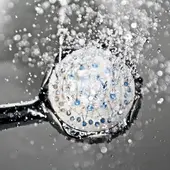
How to Clean a Shower Head
Keeping your shower head clean isn’t just about looks - it’s about hygiene, water flow, and preventing long-term damage from limescale build-up. Over time, mineral deposits and grime can block the jets, leaving you with a weaker spray and a less enjoyable shower. With just a few simple tools and the right cleaning solution, you can restore your shower head to peak performance in no time.
Materials Needed
The following items are all you need to clean your shower head:
- For portable/handheld shower heads, a jug to submerge the shower in
- For wall/ceiling mounted shower heads, a strong plastic bag that will fit over your shower head along with a plastic container.
- Oust All Purpose Descaler
- Microfibre cloths
- Toothbrush
- Rubber bands
- Rubber gloves
- Goggles
Please note, always wear the required PPE as specified by the manufacturer. We always recommend wearing gloves when using any product, as even if the manufacturer states this isn't required, it could irritate skin due to allergies. Also be aware that the cleaning process you use could cause additional risk. For example, if cleaning with a brush, cleaning solution could accidentally flick into your eye. Although this may seem unlikely, it's better to be safe than sorry - make sure you wear goggles!
Stay Connected
Want to hear more from The Cleaning Collective? Sign up to our mailing list for the latest offers and news

Cleaning the Shower Head
Portable/Handheld Shower Heads
- Step 1: Remove the shower head. This should simply pop out of the holder, and the pipe that connects it to your shower unit should unscrew. If it's a little tight, you may need to use a small spanner to get this off. There will be a small rubber seal inside the connector on the hose - keep this safe as this will seal the connection when you re-attach the pipe.
Take a look at the shower head, you should be able to see any blockages caused by limescale just by doing a visual inspection! - Step 2: We will be used Oust to descale the shower head. EMpty one sachet into the jug, then add enough hot water to submerge the full shower head. Although you can see any external jet blockages when visually inspecting the shower head, limescale can also build up on the inside. That's why it's important to submerge the shower head fully, allowing the cleaning solution to soak into the internal areas that we can see.
- Step 3: After 10 minutes, remove the shower head from the cleaning solution and rinse with water under a tap. Give the shower head a wipe over with a microfibre cloth to remove any soap scum from the surface as you rinse and dislodge any further limescale.
Remember, always use a colour coded cloth for bathroom cleaning. This prevent cross contamination from occurring, for example, by accidentally using a bathroom cloth in the kitchen. Gross! - Step 4: If there is any stubborn limescale remaining, it's time to take a tougher approach! Use a toothbrush to scrub any remaining blockages thatare visible, such as blockage in the jets. The limescale should have been loosened when soaking, so it shouldn't take too much elbow grease!
- Step 5: Finally, it's time to reattach your shower head. Give it a buff with a dry microfibre cloth first to give it a shine. Make sure the rubber has been placed back into the join to give a tight seal, scre the pipe into place and pop the shower head back on the holder and run your shower head for 30 seconds to remove any remaining limescale. Simple!
Wall/Ceiling Mounted Shower Head
Ceiling mounted shower heads are more difficult to clean than handheld shower heads. Normally, they are plumbed in and cannot be removed from the ceiling without requiring the services of a plumber. Althoigh they're more difficult to clean, don't fret. Our guide will help you to remove grime and limescale with ease.
- Step 1: Place the open plastic bag inside the container and fold the bag's edges around the container's outside. This assists in keeping it upright, prevent any spills once filled with the cleaning solution.
- Step 2: Add one sachet of Oust into the bag/container, and fill with hot water. This solution with be used to soak the shower head. For a guide, fill half full, as you will need to leave some space to lift the bag out of the container.
- Step 3: This following phase can be difficult to direct, due to the angle of your shower head. If you have a wall mounted shower head, position the shower head down so that it faces down. For ceiling mounted shower heads this step should be easier. Raise the bag container the cleaning solution over the shower head, firmly tying with rubber bands as high as possible shower head's neck. If your shower head is too large for a rubber band, try tying with an old shoe lace. Make sure the bag if fixed in place securely as it needs to hold the weight of the liquid! A zip tie can also be used, and these are extra secure when pulled tight. Please note, you would need a small pair of pliers to remove these.
- Step 4: After 10 minutes, remove the bag. The limescale should have dissolved, or at least been weakened ready for a clean. Use a microfibre cloth to clean down the shower head. If any stubborn limescale remains, use a toothbrush to remove this.
- Step 5: Ring your microfibre cloth out over the shower head to rinse, and run the shower for 30 seconds to rinse off any remaining cleaning solution. Buff with a dry cloth, and your shower head is good to go!
Routine Cleaning
It's always handy to have a bottle of shower cleaner to hand, such as Viakal. Spraying and cleaning up the shower head should be part of your routine cleaning process, helping to keep build-up at bay, minimizing the number of times you need to undertake a thorough soaking treatment.
Viakal is a product specifically formulated for the removal of limescale and shower head cleaning, and can be used on more than just your shower head. Taps are also notorious for limescale build-up, so try giving them a spray and scrub with an old toothbrush to bring back their original shine!
Please note, in a commercial setting and as part of routine Legionella control maintenance, to comply with HSE ACOP L8 and HSG274 Part 2, shower heads and hoses should be dismantled, cleaned, descaled and disinfected on a quarterly basis.
Stay Connected
Stay connected and be the first to know about our latest products, special offers, and exciting news:The Cleaning Blog
Want to learn more about cleaning? From the latest cleaning and hygiene news to handy how-to guides, why not check out our most popular blog categories.Stay Connected
Stay connected and be the first to know about our latest products, special offers, and exciting news: